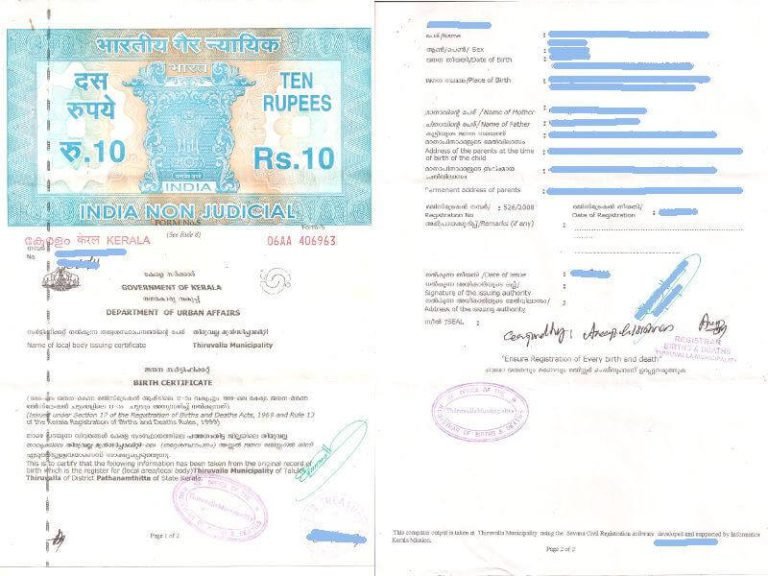DIVORCE WITH/WITHOUT MUTUAL CONSENT
Divorce is a legal process to end a marriage or marital union. Divorce can be initiated either by mutual consent or without mutual consent. In a mutual consent divorce, both parties agree to end the marriage and come to an agreement on issues such as division of assets, child custody, and alimony. In a divorce without mutual consent, one party initiates the divorce and the other party may contest it, leading to a legal battle in court.
Easy Process and Documentation
Required Paperwork
- Address proof of husband and wife
- Details of their profession and remuneration via Salary slips
- Income tax returns of the last 3 years
- Information regarding their family
- Details of assets owned by them
- Marriage Certificate and four wedding photos
- Evidence to show spouses lived separately for over a year
Process, Service Charges, Time duration
- When you send us your paperwork, our experienced staff will review your paperwork with local government officials to determine the service’s cost, feasibility, and completion date. After a quote has been given, it remains fixed. Location affects project duration and cost. Send us your documents and specific requirements to get a price and turnaround estimate.
- On an average Procurement takes four to six weeks.
2000+ locations Served
Happy Clients 50000+
Averge Google Rating 4.9
India's Most Trusted Legal Documentation Portal
WHAT IS MUTUAL CONSENT DIVORCE AND CONTESTED DIVORCE?
In India, getting a divorce without a fight is cheaper and less stressful than getting a divorce with a fight.
Divorce is the legal process of ending a marriage. It is called “with mutual consent” when both the husband and wife want to end the marriage on their own terms. Both the husband and the wife can file for a divorce at the same time.
When a divorce is made without the approval of either spouse (husband or wife), it is called a “contested divorce” or “divorce without mutual consent.” Most of the time, this kind of divorce is filed because of abuse, adultery, abandonment, conversion, a mental disorder, an infectious disease, the belief that the person has died, or a decision to give up the world.
MOST IMPORTANT THINGS TO REMEMBER WHILE DIVORCING
- Child Custody – Which Partner Will Get Custody of the Children After the Divorce?
- Alumni/Maintainance -If one of the partners is unable to pay for his day-to-day expenditures, the other partner is obligated to make up the difference by paying a specific sum of money to the struggling partner. It depends on whether or not the partners (husband and wife) can come to a common understanding of the situation.
The “Settlement of Property and Assets”- refers to the process of determining how each party (the husband and wife) would share ownership of their respective property and assets once the marriage has ended.
WHEN CAN A PERSON APPLY FOR MUTUALLY CONSENTED DIVORCE?
When it comes to a divorce that is the result of mutual consent, the first and most important requirement is that both the husband and the wife need to be willing to part ways. In addition, one should be aware of the following facts prior to filing for divorce:
- The husband and wife should live in different places for at least a year.
- Both the husband and the wife agree that they want to split up.
- They are no longer able to live together.
- At least one year after the wedding.
THERE IS A LAW PROVISION FOR MUTUALLY CONSENTED DIVORCE.
As we all know, there are different ways to register a marriage, and the same is true for divorce. The law has different rules based on the marriage acts, which are:
- According to Section 13B of the Hindu Marriage Act of 1955, the minimum period of separation is one year.
- Article 28 of the Special Marriage Act, which was passed in 1954
- Period of separation must be a minimum of two years, according to Section 10A of the Divorce Act of 1869.
- In accordance with the provisions of Section 32B of the Parsi Marriage Act of 1936 and the Christian and Muslim Marriage Act, respectively.
DOCUMENTS REQUIRED FOR A MUTUAL CONSENT DIVORCE
Common Documents are Needed to File a Divorce Petition, and our expert lawyers can help you prepare the missing ones:
- Marriage Certificate
- Address Proof for Husband and Wife.
- Four photographs about marriage.
- Income tax returns from the last three years.
- Details about your job and income (salary slips, hiring letters, etc.)
- Details of property and assets
- Information about a family (husband and wife)
- Evidence of living apart for a year
- Evidence about the failed effort to get along
STEP-BY-STEP DIVORCE PROCEDURE IN INDIA

Expert and trusted lawyers from LegalDocs help with all parts of the divorce process, from the beginning to the end. After consulting with the LegalDocs team in detail, every person must follow the steps:
One can make the case in any of the following family courts:
- Where the pair last lived together as husband and wife.
- Where the husband now resides.
- Where the wife is now residing.
Now let’s Understand the steps involved while filing a Divorce :
Now, let’s look at what you need to do to get a divorce:
Step 1: Write and file a petition (submit an application for a divorce)
The written application and any court fees must be turned in to the family court. For the writing of the case, you need the right help and direction from a trusted and experienced divorce lawyer.
Step 2: Send out a summons or court notice.
A court will send an official notice (called a “summons”) to the second party. This is usually done by speed post. The goal of a summons is to let the other person know that their spouse has started the divorce process. If the husband started the process, the wife will be sent a summons.- Step 3: Answer (to the notice from the court)
After getting the Summons, the side needs to be in court on the date listed on the Summons. If a side doesn’t show up, the court will give them a chance to be heard. If that doesn’t work, the court will make an order and end the divorce process.
Step 4: The court case
Interim Orders: In interim orders, any party can ask the court for a brief order about support and child custody. This can be made after the hearing and at any time during the court processes. This order stays in place until the final court process for the divorce. Not every divorce case has gone through temporary orders. Filing a case is up to the spouse (husband or wife).
In this step, the court will listen to both sides and look at the right proof and witnesses. In front of the court, each side’s lawyer will question and cross-examine the other side, witnesses, and proof. This is a very important step in the divorce process.- Step 5: Argument
In this stage, the respective advocates who have been appointed by both sides will argue their cases in front of the judge using the documented evidence that has been submitted and the depositions of the witnesses. The experience and demeanour of the lawyer contribute a great deal when it comes to winning the case. - Step 6:last Order (completion of the divorce)
The court will only issue the final order after ensuring that all of the stages that were discussed before have been successfully completed. If one of the parties is unhappy with the final ruling, they have the option of appealing the decision to a higher court.













